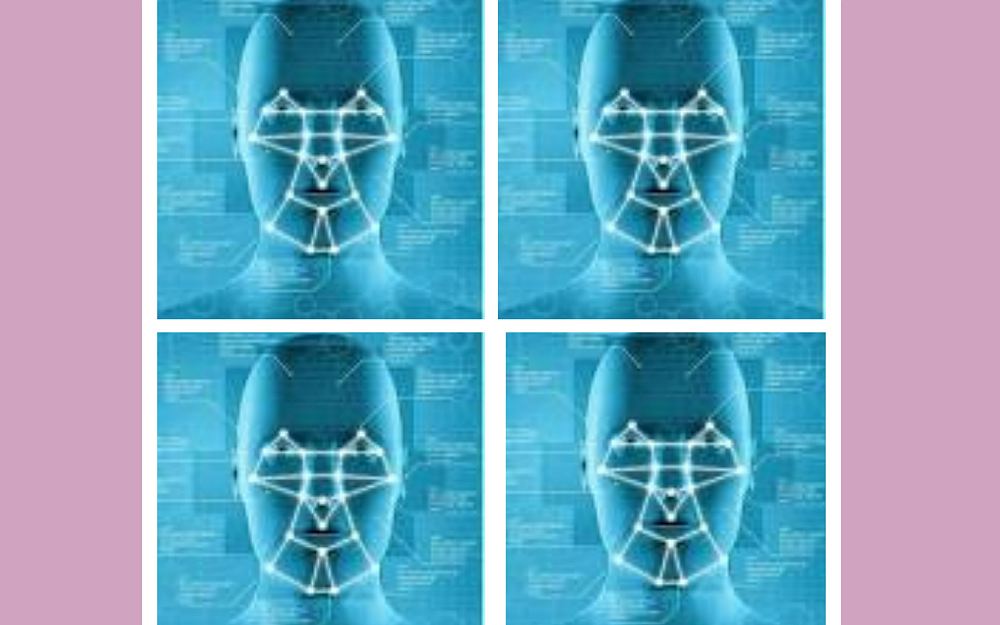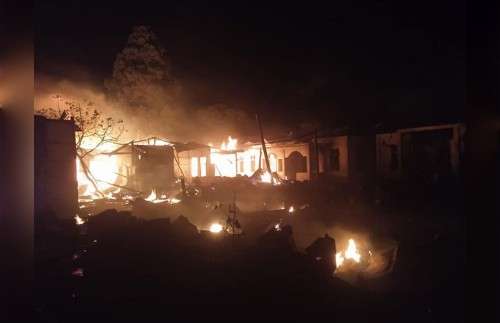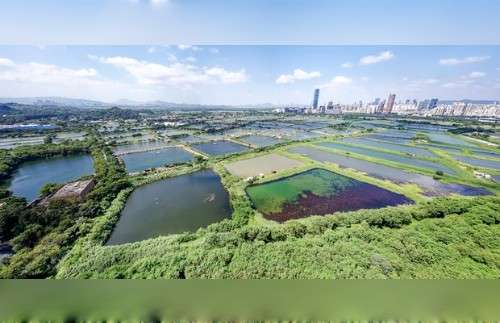By Debdutta Ghosh

The use of facial recognition technology for policing and for preventing law and order issues is being debated across the world.
In India however, it has been reported that that this debatable technology is being clandestinely used by the police in New Delhi for a law and order purpose – identifying ‘habitual protestors’.
This usage of the technology assumes importance given the continuous protests against the new Citizenship Amendment Act (CAA) and the National People’s Registrar (NPR). Such protests have been criticized by the ruling BJP. Many prominent leaders, including central ministers, have even termed these protests to be anti-national in nature, with one Union Mister-of-State even calling for shooting of these “gaddars” or traitors of the nation
According to a report published recently in The Indian Express, facial recognition technology, acquired by the Delhi Police in 2018, was used to screen people at a rally addressed by Indian Prime Minister Narendra Modi on December 22. The police matched facial images of thousands of people gathering at the rally with previous footage filmed at during various events of protests against the government in the city. The aim was to filter ‘law and order suspects’ at the Prime Minister’s rally.
Facial recognition technology acquisition was mandated for the Delhi police following an order from the Delhi High Court. The Automated Facial Recognition System (AFRS) software was acquired by the police in March 2018 and was meant only to be a tool for identifying lost and found children through facial matching.
Previous to the Modi rally, Delhi police had used this technology only twice – once each during the Independence Day and at the Republic Day parade, claimed the report.
According to reports, Delhi police currently has a data base of photos of more than 1.5 lakh “history-sheeters” that are used in criminal investigations. And now, it has been reported, the police have created a data base of alleged ‘miscreants’ numbering over 2000.
But the use of the software and the data base of suspected miscreants of Delhi police have for the first time been used to maintain law and order and prevent protests at a political rally.
Delhi has for long been a place for numerous protests and marches against government policies and decisions. Delhi police has been filming some of the major protest events in the city for quite some time now. Reports have suggested that parts of those footages are now being fed into the AFRS, aiding the police to identify those faces that are seen repeatedly in such protests. Such faces are being fed into a data base of ‘habitual protesters’ and ‘rowdy elements’, said reports.
This usage of the technology assumes importance given the continuous protests against the new Citizenship Amendment Act (CAA) and the National People’s Registrar (NPR). Such protests have been criticized by the ruling BJP. Many prominent leaders, including central ministers, have even termed these protests to be anti-national in nature, with one Union Mister-of-State even calling for shooting of these “gaddars” or traitors of the nation.
This act of the Delhi police is comparable to the use of the same technology by the police during the Hong Kong pro democracy protests, where protestors started wearing masks to prevent detection by the law enforcement authorities.
While this technology is relatively new for the Indian police and security forces, it has been available with the police in a number of Western countries including the United States.
One of the major debates surrounding the use of this technology arose in the United States after the U.S. Border Police used it to vet illegal immigrants and it proved to be faulty. Further, privacy advocates have raised concerns over the use of this technology because of privacy violation issue. Others are worried about the level of accuracy of this technology in matching faces. A number of States in the U.S. have banned its use for policing – such as a complete ban in the states of Oregon and New Hampshire and a ban on certain uses of the technology in cities in the State of California such as in San Francisco and Oakland, and some cities in Massachusetts.
And yet this technology is being used for policing in some countries. China, for example, makes use of this technology for arresting jaywalkers and others involved in petty crimes. Last month, London’s police department announced its decision to use the technology for spotting criminal suspects with policemen carrying video cameras while they walk the streets.
New Delhi is now among the very few cities of the world, outside of those in China, where facial recognition technology is used by the police on the streets to monitor its citizens.
Vietnamese Monk Seeks Justice for Brother Who Died after Police Interrogation
Hamas Reviews Israeli Cease-Fire Plan in Gaza
Taxi System Powered by Electric Cars Developed by Nigerian Company
Myanmar Junta Attack on Hospital Kills 4, Many Injured
To Tackle Militant Attacks,Nigeria Considers Introduction of State Police Across the Country
2 Decades on, Families of Tak Bai Incident Victims Seek Justice
On US University Campuses, Pro-Palestinian Protests Spread
Hong Kong’s Tech City Will Destroy Key Wetland for Birds: Experts
Subscribe Our You Tube Channel
Fighting Fake News
Fighting Lies














